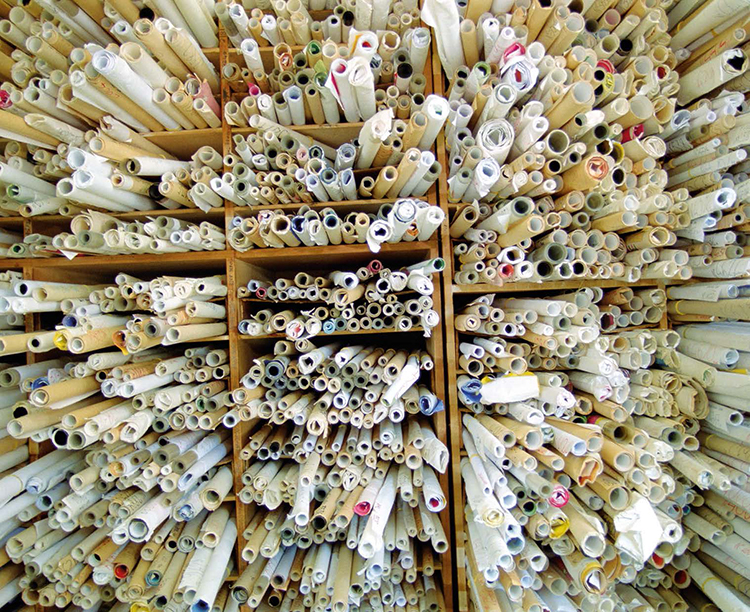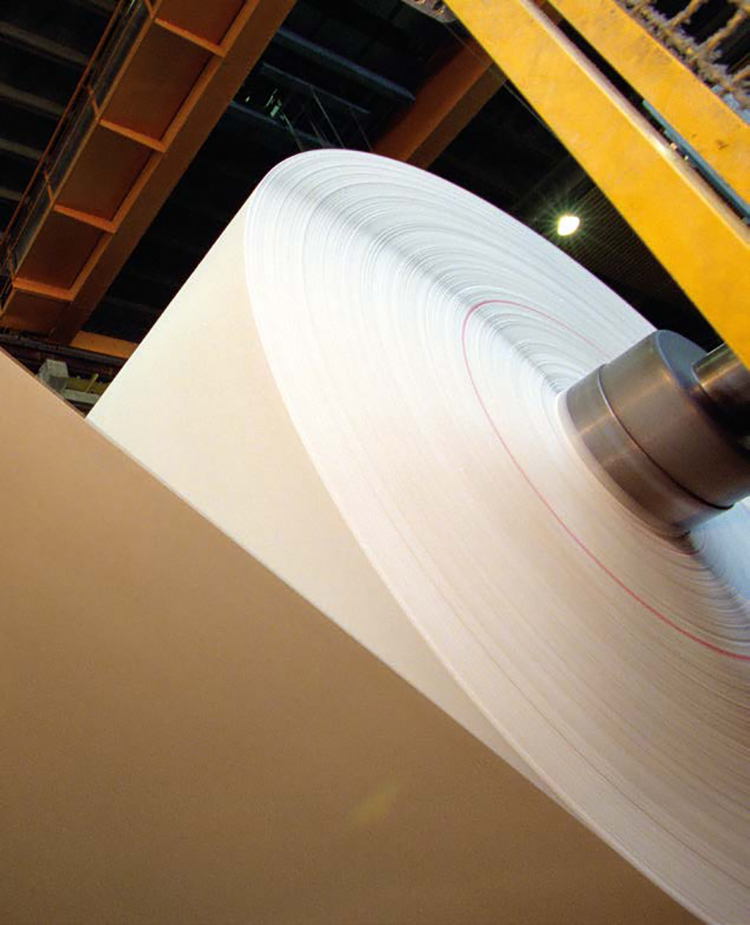Making a virtue of necessity. This has always been the mantra in the Italian paper industry. A Country of “poor” forests that are not particularly productive in terms of biomass, the Italian peninsula has had to adapt to recycling to supplement paper and cardboard production. A habit that today, at a time when it is necessary to accelerate the transition to a circular economy, has become one of the most appreciated qualities for which Italy is known amongst Europe’s elite. And, if the new EU sustainability goals impose increasingly stringent standards for separate waste collection, the Italian paper sector continues on undisturbed towards its pre-established targets.
Yet again, this trend has been confirmed by Comieco’s report – the Italian consortium for recovery and recycling of cellulose-based packaging. Paper and cardboard separate waste collection keeps on growing, with 1.6% increase in 2017 compared to 2016. This result fits in with a series of positive trends over the last few years, spurred mainly by the South, where collection rose by over 6%, thus significantly reducing the gap with Northern regions.
Some figures: throughout the year Italian municipalities collected almost 3.3 million tonnes of cellulose-based material, i.e. 54 kilos pro capita, of which 45% (almost 1.5 million tonnes) were managed directly by Comieco. When adding together the industrial and urban collection, as well as production waste, the paper sector recovers over 6.5 million tonnes of pulp that then goes back into productive processes. Therefore, Italy ranks fourth in Europe for reuse in production processes, with over 5 million used fibres.
Although levels are already high, there is no room for complacency. Comieco is looking to the near future and claims that: “The opening of new paper factories, of which two are already operational, will make pulp demand soar, thus guaranteeing market opportunities for materials collected by municipalities.” Indeed, the growing trend cannot stop, especially considering the targets set for the next few years by the European Union: an 85% rate of cellulose-based packaging recycling by 2030.

Perceptions and labels
Undoubtedly, Italy is a virtuous nation when it comes to paper and cardboard recycling but Italians are not aware of it. Almost 80% of the Italian population believes paper is responsible for deforestation and more than half is unaware of the high recycling levels achieved so far. In order to facilitate information and equip operators with tangible tools with which to improve ecodesign and circular planning, Aticelca – the Italian technical association for cellulose and paper – has devised an analytical method with which to ascertain the actual recyclability of any given paper or cardboard product, even including printed, glued, coupled or laminated products. Starting as early as 2011, it has worked in partnership with Comieco, Assocarta, Assografici, Innovhub and Lucense, reaching the current version in 2017 which will soon become a UNI standard. In practice, the method uses laboratories to replicate the pulp processing phases, from crushing to end sheet: the non-cellulose waste, as well as any obtained material, is then measured step by step and lastly trial sheets are examined for aesthetic rendering and visible irregularities. On the basis of all these characteristics, a level of recyclability is then allocated with four grades (from A+ to C). Furthermore, the simple label “Recyclable with paper” is provided on request.

The challenge of composting for food packaging
The future of paper packaging and its recycling also depends on online trade. This subject has been dealt with during the Lucca conference held in June and organised by Centro Qualità Carta. With the exponential growth of e-commerce and takeaway food consumption (as well as food that is ordered online and home delivered), the paper recycling industry and the compost sector will have to consider eco-design and packaging very seriously.
While e-commerce pushes for more simplicity and lightness in packaging (in order to avoid waste and to reduce transport and storage costs), with regard to food packaging composting is paramount.
Clearly, if packaging is contaminated by food, it cannot be recycled mechanically and then sent to a paper factory: it will have to be disposed of via other channels and preferably together with food leftovers, as compost. So, innovations in this sector are concentrating on replacing plastic parts (those that generally speaking cover the cardboard and come into direct contact with food) with biopolymers that honour mandatory hygiene regulations whilst being compostable. Bio-based packaging, according to recent research conducted by Bocconi University in Milan, can improve the quality of separate waste collection for both the paper and organic fractions.
However, the commitment must be undertaken by packaging producers and above all its designers. This is another target of the annual competition launched by Comieco Factory for sustainable innovation of paper and cardboard packaging. The committee, formed by Comieco, Assocarta, Assografici and Aticelca, will examine all inventions presented by 30th September 2018 and award cash prizes to the best three patents. Circularity also begins with new ideas.
Italian consortium for recovery and recycling of cellulose-based packaging, www.comieco.org


